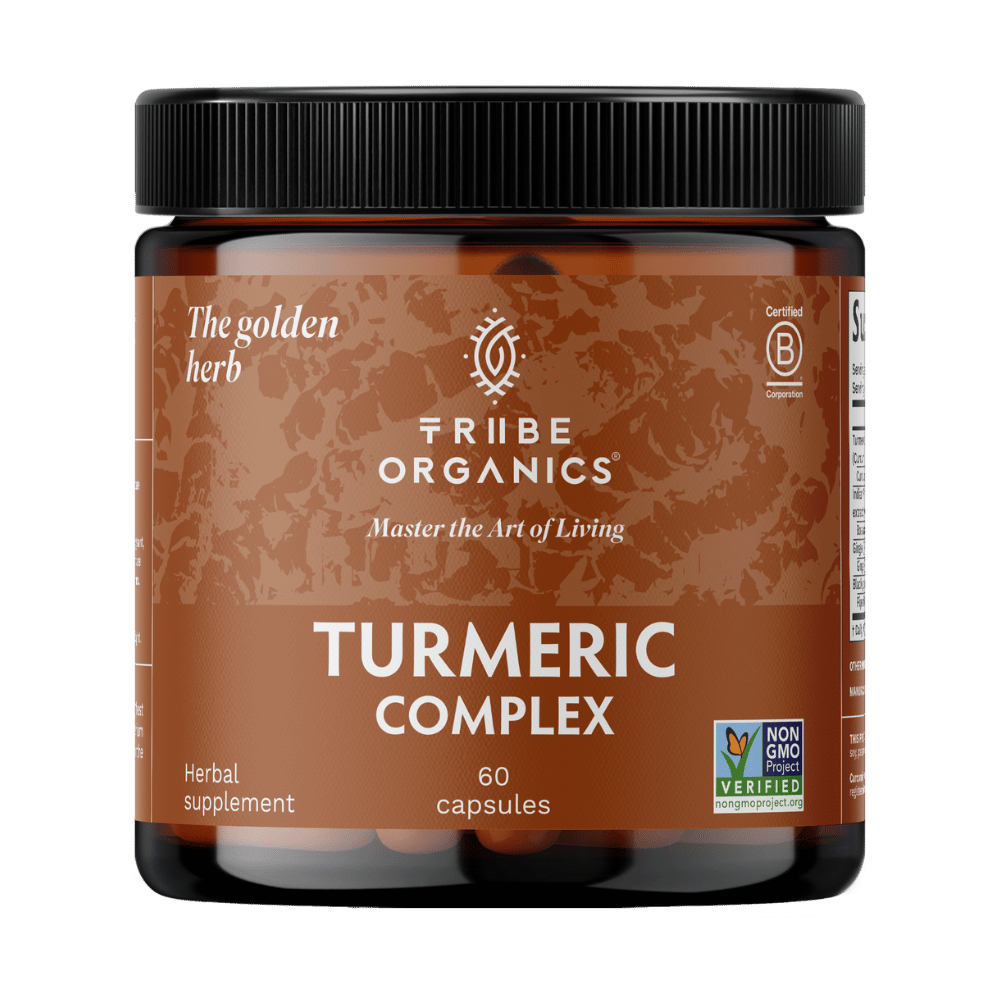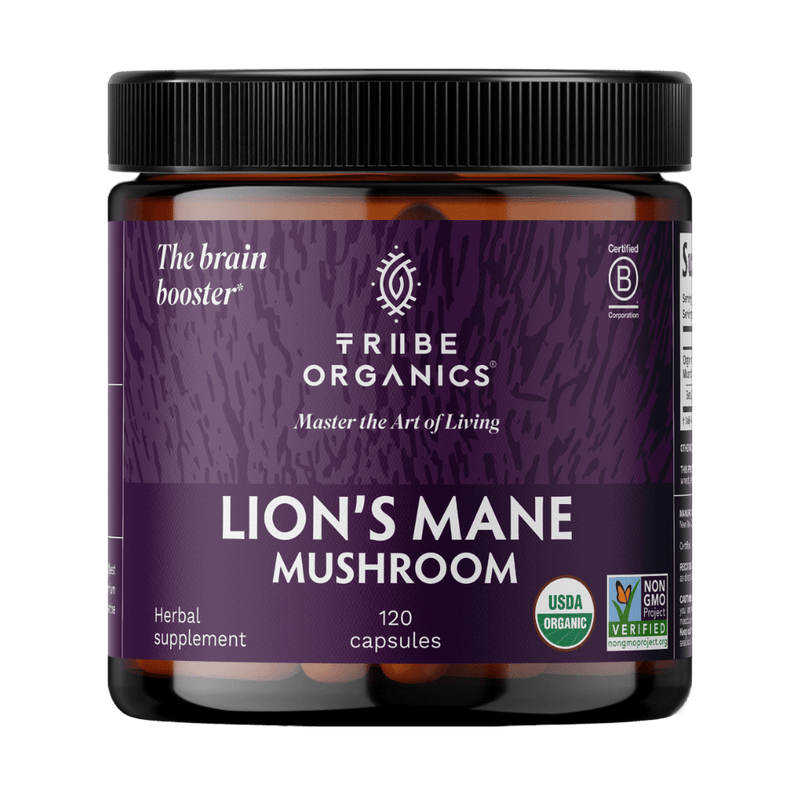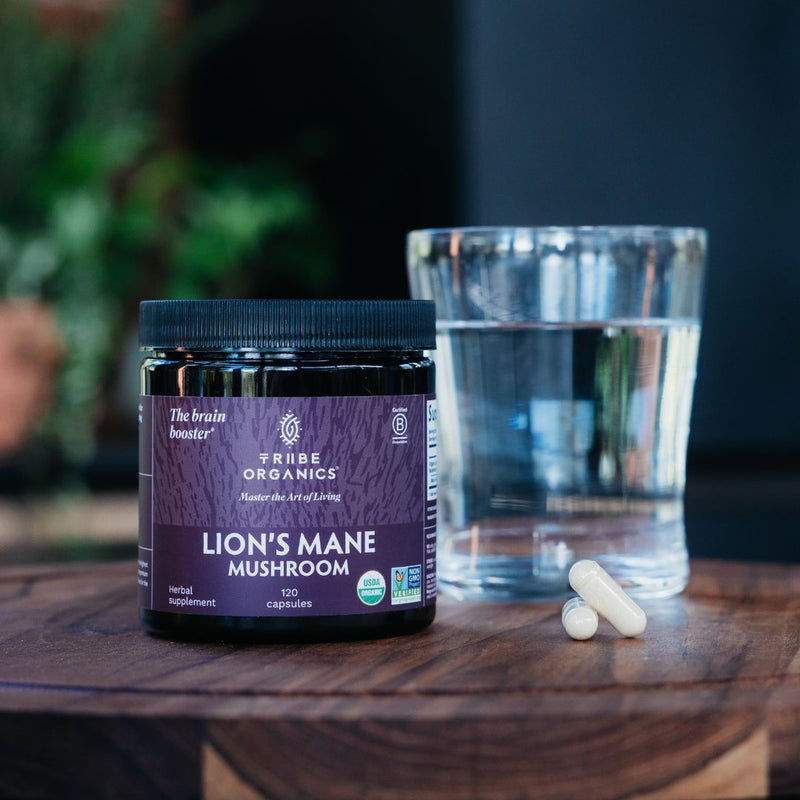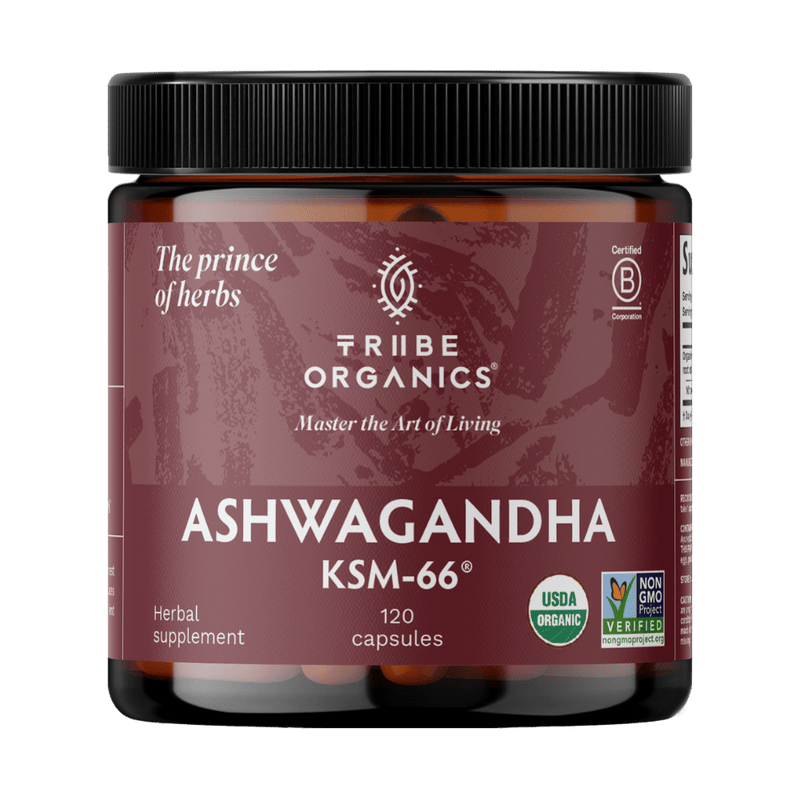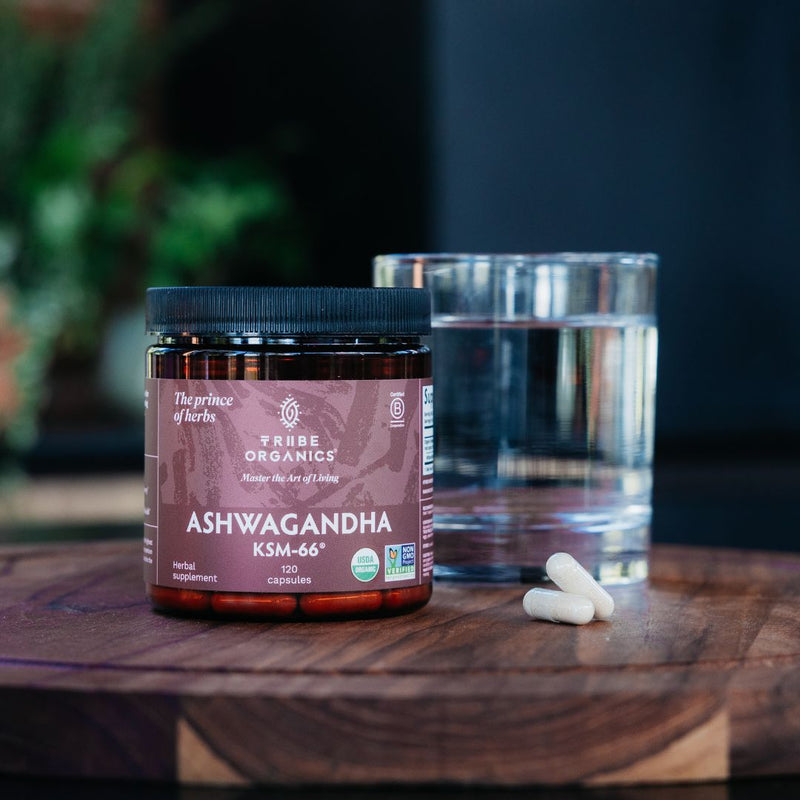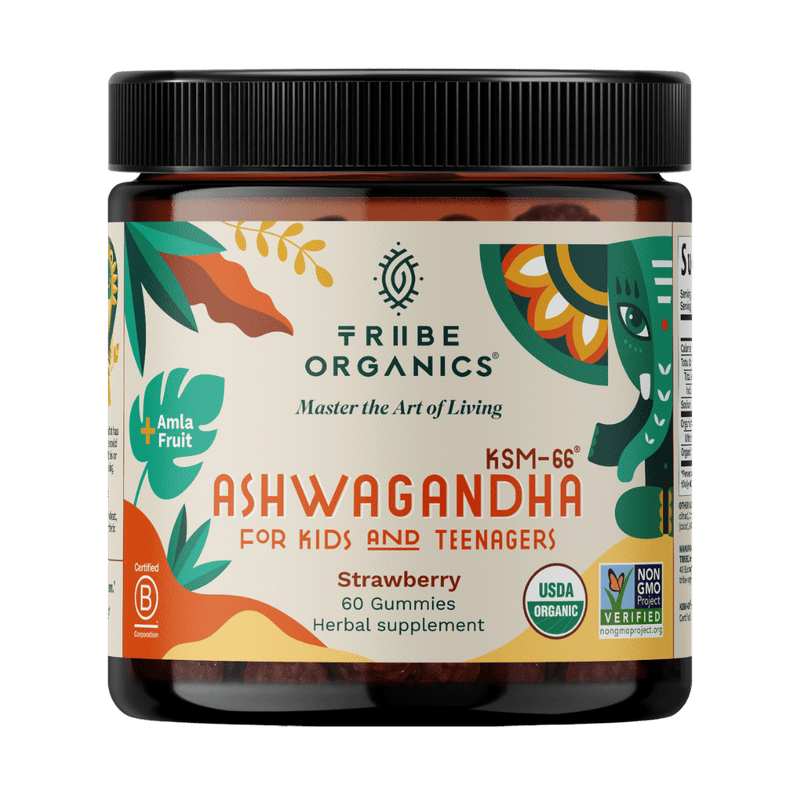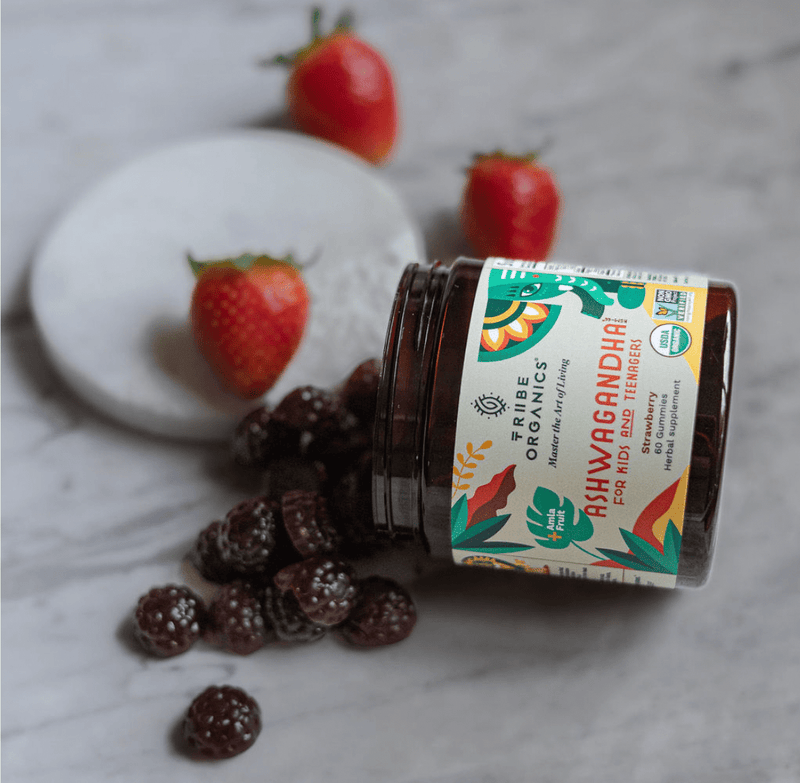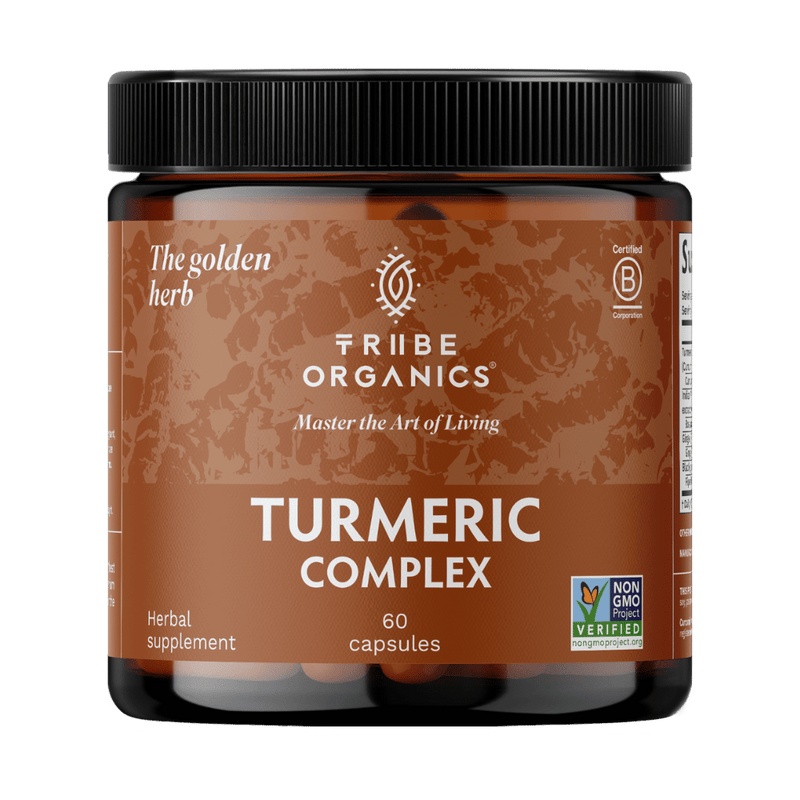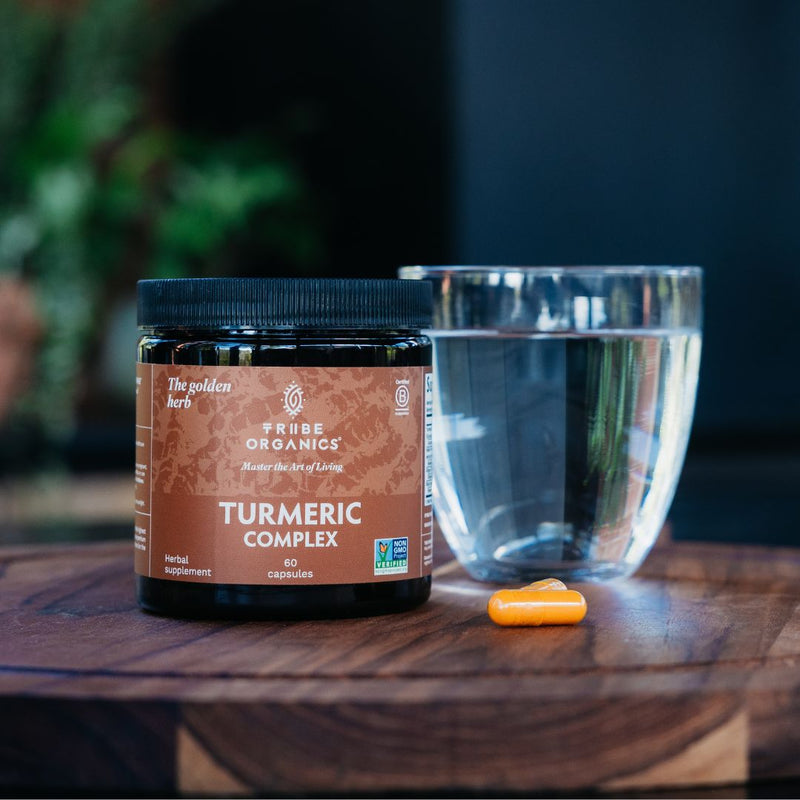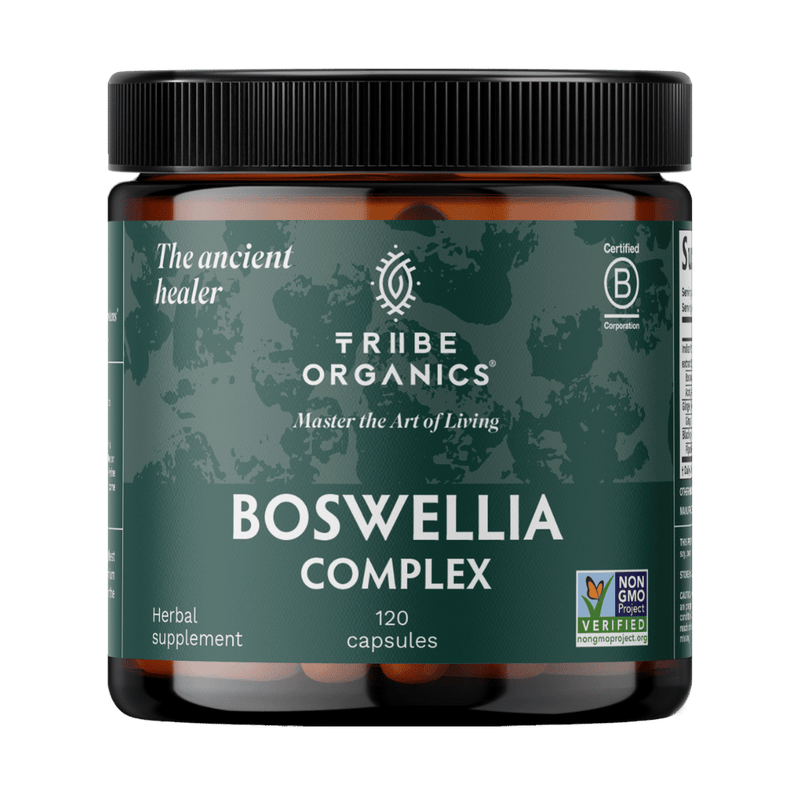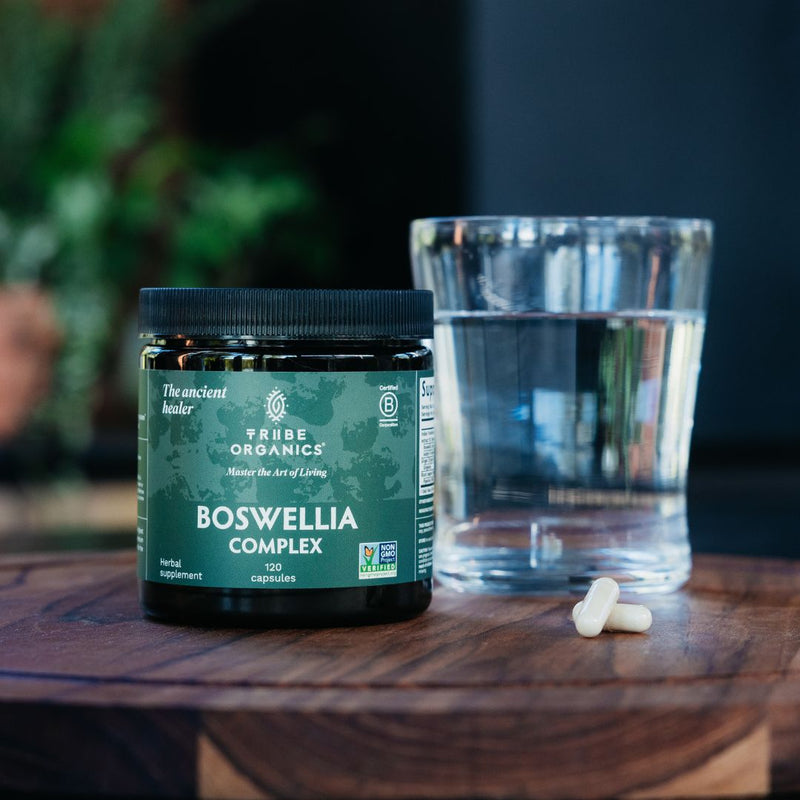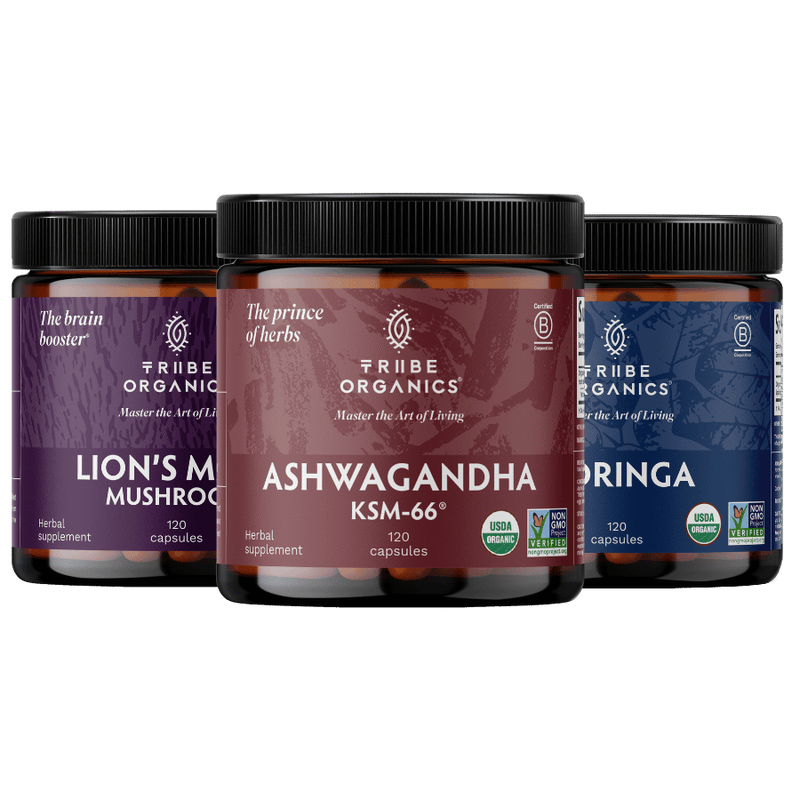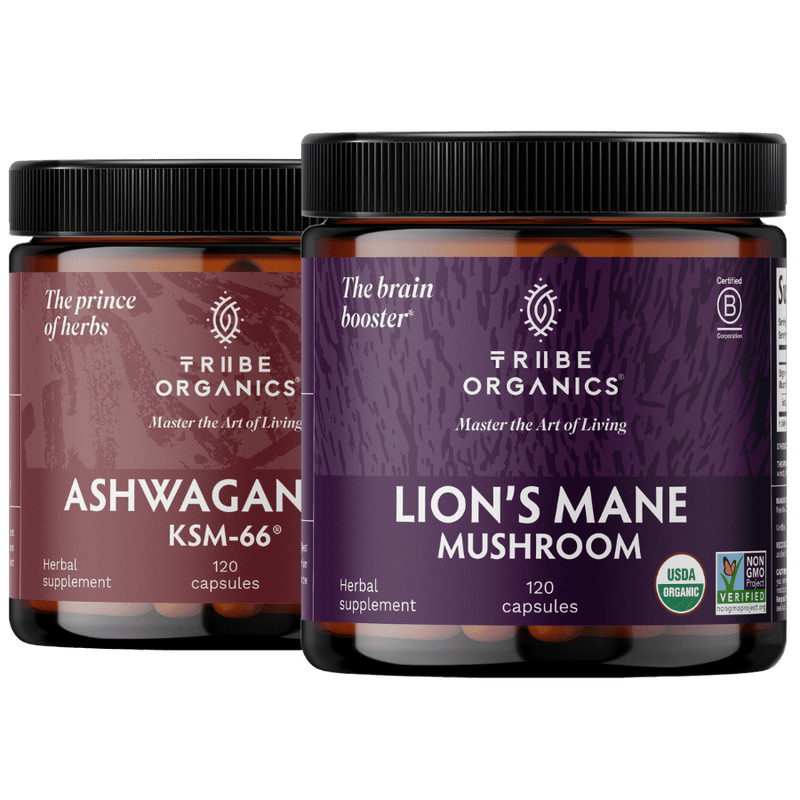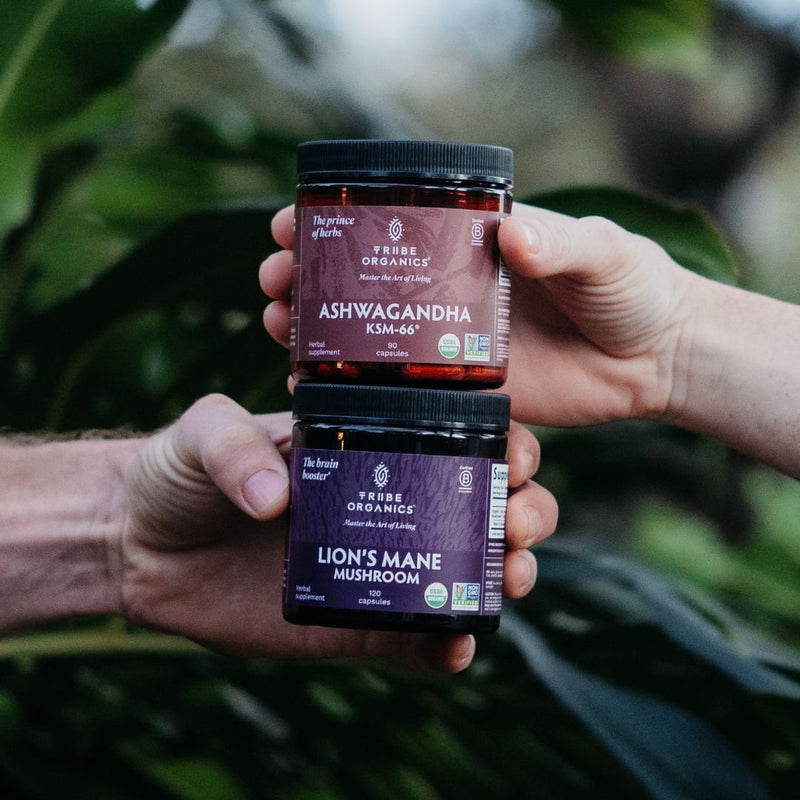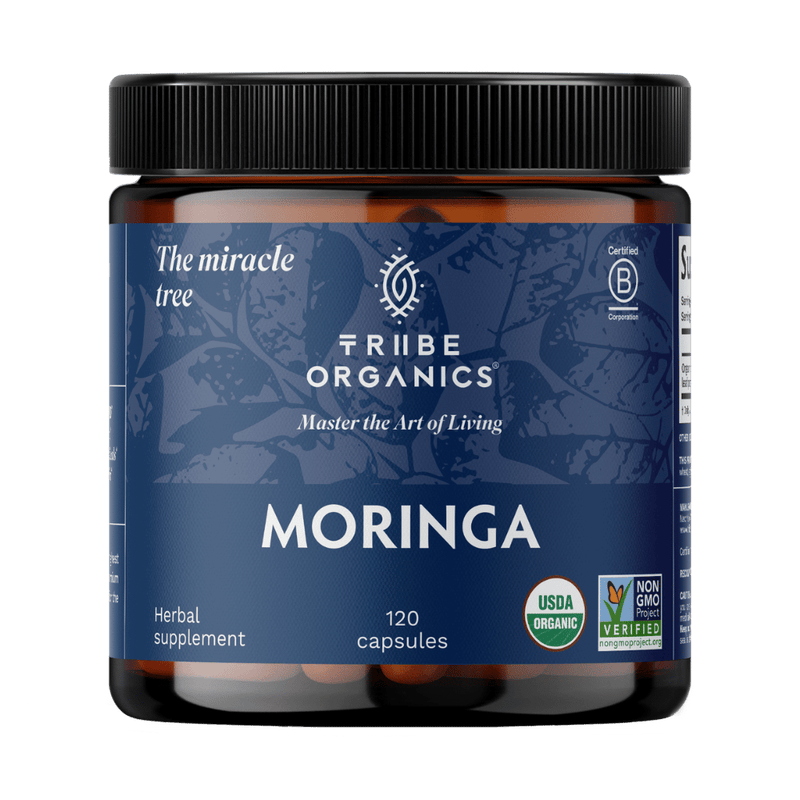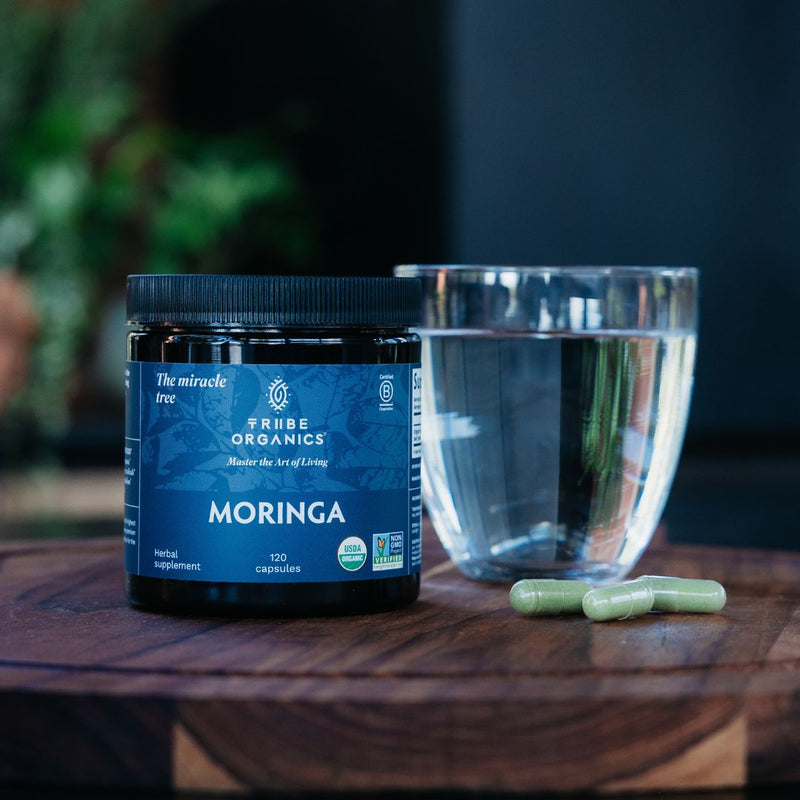Key Takeaways
- Turmeric contains curcumin, a powerful anti-inflammatory compound that reduces nerve inflammation and sciatic pain by suppressing pro-inflammatory markers and glial activation
- Clinical research shows curcumin can reduce mechanical hypersensitivity by 40-50% in nerve injury models, offering significant pain relief potential
- Optimal dosage ranges from 500-1000mg daily of standardized curcumin extract, enhanced with piperine for up to 2000% better absorption
- Turmeric can be used safely alongside conventional treatments but requires medical supervision for those on blood thinners or with chronic conditions
- While effective for reducing inflammation, turmeric addresses symptoms rather than structural causes like herniated discs, making it an excellent complementary therapy
Understanding Sciatica and Inflammation
Sciatica pain affects approximately 5-10% of adults experiencing back problems, creating a radiating discomfort that follows the path of the sciatic nerve from the lower back through the hips, buttocks, and down each affected leg. This complex condition typically results from compression or irritation of the sciatic nerves, often caused by herniated discs, spinal stenosis, or direct nerve pressure.
The connection between inflammation and sciatica symptoms runs deeper than many realize. When nerve roots become compressed, the body’s inflammatory response kicks in, releasing pro-inflammatory cytokines like TNF-alpha and IL-6. This inflammatory cascade creates swelling around the affected area, intensifying nerve compression and perpetuating the cycle of pain. The resulting inflammation doesn’t just cause immediate discomfort—it sensitizes pain pathways, leading to chronic pain that can persist long after the initial injury.
Understanding this inflammatory component explains why anti-inflammatory treatments targeting the root cause of sciatic pain can provide meaningful relief. Unlike treatments that merely mask pain signals, reducing inflammation around compressed nerve roots addresses the underlying mechanism driving sciatica symptoms, offering a pathway to genuine healing rather than temporary relief.

How Turmeric Fights Sciatic Pain
Curcumin, the primary bioactive compound responsible for turmeric’s golden color, demonstrates remarkable anti inflammatory properties that directly target the mechanisms driving sciatic nerve pain. Modern molecular research reveals that curcumin operates through multiple pathways to combat inflammatory pain, making it particularly effective for neuropathic pain conditions like sciatica.
The scientific evidence supporting turmeric’s effectiveness is compelling. In animal models mimicking human sciatica through spinal nerve ligation, oral administration of curcumin at 100mg/kg body weight for four weeks significantly reduced mechanical hypersensitivity, with pain reduction observed as early as two weeks and sustained throughout treatment. These studies demonstrate curcumin’s ability to improve pain thresholds by 40-50% compared to untreated controls.
One of curcumin’s most significant mechanisms involves suppressing glial activation in the central nervous system. When the sciatic nerve experiences compression, glial cells including microglia and astrocytes become activated, intensifying neuroinflammation and pain perception. Turmeric compounds effectively suppress markers of glial activation such as IBA-1 and GFAP, reducing the neuroinflammatory response that amplifies sciatica pain.
Curcumin also improves mitochondrial function in nerve cells, addressing the oxidative stress that contributes to chronic pain states. By increasing expression of genes involved in mitochondrial health and reducing oxidative stress markers like TLR4, turmeric helps restore cellular function during neuropathic pain episodes.
The anti-inflammatory signaling effects of curcumin work by interfering with nuclear factor kappa B (NF-κB) pathways, effectively blocking the production of pro-inflammatory cytokines that drive nerve inflammation. This mechanism provides broader systemic benefits beyond localized pain relief, supporting overall health while targeting sciatica symptoms.
Forms of Turmeric for Sciatica Relief
Turmeric Supplements
Standardized curcumin extract supplements containing 95% curcuminoids offer the most concentrated and consistent approach to managing sciatic nerve pain. These pharmaceutical-grade formulations provide precise dosing and enhanced bioavailability compared to raw turmeric powder.
The most effective supplements combine curcumin with piperine, an extract from black pepper that increases absorption by up to 2000%. This enhancement addresses curcumin’s naturally poor bioavailability, ensuring therapeutic levels reach affected tissues. Enteric-coated capsules further improve absorption by protecting curcumin from stomach acid degradation.
For chronic pain management, look for supplements providing 500-1000mg of curcumin daily, typically divided into two doses taken with meals. This timing reduces potential stomach irritation while maximizing absorption. Many high-quality formulations also include other complementary compounds like boswellia or ginger that may enhance anti-inflammatory effects.
Turmeric Milk and Drinks
Golden milk represents one of the most traditional and effective ways to consume turmeric for pain relief. This warming beverage combines turmeric’s therapeutic properties with enhanced absorption and additional anti-inflammatory compounds.
To prepare therapeutic golden milk, combine one teaspoon of turmeric powder with one cup of warm milk (dairy or plant-based), adding a pinch of black pepper and honey to taste. The fat content in milk helps with curcumin absorption, while black pepper provides the crucial piperine enhancement. Consuming this mixture in the evening before bed allows for overnight anti-inflammatory activity during natural healing periods.
Turmeric tea offers another effective delivery method, particularly when combined with fresh ginger root for enhanced pain relief. Steep one teaspoon of turmeric powder and fresh grated ginger in hot water for 10-15 minutes, straining before consumption. This combination provides synergistic anti-inflammatory effects that may be particularly beneficial for relieving sciatica pain.
Topical Turmeric Applications
Direct application of turmeric to affected areas can provide targeted relief for muscle tension and surface inflammation contributing to sciatica symptoms. Fresh turmeric paste, created by mixing turmeric powder with water or coconut oil, can be applied to the lower back and leg areas experiencing pain.
Commercial turmeric creams and balms containing standardized curcumin extracts offer more convenient topical options. These formulations often include other pain-relieving compounds like menthol or capsaicin, creating comprehensive topical treatments for nerve pressure and muscle function issues.
For massage therapy applications, essential oil blends incorporating turmeric can enhance deep tissue massage benefits. Mix a few drops of turmeric essential oil with carrier oils like coconut or jojoba oil, applying during gentle massage sessions to improve blood circulation and relax muscles around the affected area.

Proper Dosage and Usage Guidelines
Establishing the correct dosage is crucial for achieving therapeutic benefits while maintaining safety. Clinical research supports a standard therapeutic dose of 1000mg curcumin daily for chronic pain management, though individual needs may vary based on severity of symptoms and body weight.
Starting with lower doses of 500mg daily allows assessment of individual tolerance and reduces the risk of gastrointestinal upset in sensitive individuals. This conservative approach lets you gauge your body’s response before increasing to full therapeutic levels. Following dosage instructions carefully ensures optimal absorption and minimizes potential side effects.
Timing recommendations emphasize taking turmeric supplements with meals to reduce stomach irritation and enhance absorption. The presence of dietary fats improves curcumin bioavailability, making mealtimes ideal for supplementation. Dividing daily doses between morning and evening provides sustained anti-inflammatory activity throughout the day.
Duration of treatment requires patience, as turmeric’s cumulative anti-inflammatory effects typically require 8-12 weeks of consistent use for noticeable pain reduction. Unlike pharmaceutical pain relievers that provide immediate relief, natural anti-inflammatory compounds work gradually to address underlying inflammation and promote healing.
Consistency in daily use proves essential for maintaining therapeutic blood levels of curcumin. Sporadic use fails to achieve the sustained anti-inflammatory activity needed for meaningful sciatica relief. Establishing a routine helps ensure regular consumption and maximizes the potential for long-term pain management.
Safety Considerations and Side Effects
Turmeric enjoys generally recognized as safe (GRAS) status from the FDA for culinary use, with thousands of years of traditional consumption supporting its safety profile. However, therapeutic doses used for pain relief require careful consideration of potential interactions and contraindications.
The most significant safety concern involves interactions with blood thinning medications like warfarin. Turmeric’s natural anticoagulant properties can enhance the effects of prescription blood thinners, potentially increasing bleeding risk. Anyone taking anticoagulant medications should consult their healthcare provider before beginning turmeric supplementation for sciatica relief.
Surgical considerations require discontinuing turmeric supplements at least two weeks before scheduled procedures due to increased bleeding risk. This precaution applies to all surgical interventions, from minor outpatient procedures to major operations. Inform your surgical team about any turmeric use during pre-operative consultations.
Gastrointestinal sensitivity may occur in some individuals, particularly when taking supplements on an empty stomach. Starting with food and lower doses minimizes this risk. People with gallstones or bile duct obstruction should avoid therapeutic doses of turmeric, as it may stimulate bile production and worsen existing conditions.
Pregnancy and breastfeeding considerations distinguish between culinary and therapeutic use. While cooking with turmeric remains safe during pregnancy, supplement doses require medical approval due to limited safety data. The higher concentrations found in supplements may pose unknown risks to developing babies.
Combining Turmeric with Other Sciatica Treatments
Integrating turmeric into a comprehensive sciatica management plan can enhance the effectiveness of conventional treatments while providing additional therapeutic benefits. The anti-inflammatory effects of turmeric complement physical therapy by reducing inflammation that may impede healing and movement.
Heat therapy becomes more effective when combined with turmeric supplementation, as both approaches target inflammation through different mechanisms. Using a heating pad on the affected area while maintaining consistent turmeric intake may provide enhanced pain relief compared to either treatment alone. The improved blood flow from heat therapy can also enhance turmeric absorption in targeted tissues.
Cold therapy and ice packs work synergistically with turmeric’s anti-inflammatory properties during acute sciatica flare ups. While ice therapy provides immediate relief by reducing swelling and numbing pain, turmeric addresses the underlying inflammatory processes that perpetuate symptoms. Alternating between ice therapy and heat therapy while maintaining turmeric supplementation creates a comprehensive approach to inflammation management.
Gentle stretching routines and yoga poses benefit from turmeric’s muscle-relaxing and anti-inflammatory effects. Poses like the knee to chest stretch become more comfortable when inflammation is reduced, allowing for better muscle function and improved range of motion. Maintaining good posture becomes easier when underlying inflammation is addressed through consistent turmeric use.
Massage therapy sessions targeting tight muscles and tense muscles around the piriformis muscle can be enhanced by turmeric’s anti-inflammatory effects. Whether through professional deep tissue massage or self-massage with turmeric-infused oils, the combination addresses both muscle tension and underlying inflammation contributing to nerve compression.
Chiropractic care and chiropractic adjustments may be more effective when inflammation is reduced through turmeric supplementation. Reduced inflammation allows for better spinal alignment and may help maintain proper alignment between treatments. This combination approach addresses both structural and inflammatory components of sciatica pain.

When to Consult a Healthcare Provider
While turmeric offers significant benefits for managing sciatica symptoms, certain situations require professional medical evaluation and guidance. Persistent sciatica pain lasting more than six weeks despite consistent turmeric treatment warrants healthcare provider consultation to rule out serious underlying conditions and explore additional treatment options.
Severe symptoms including progressive muscle weakness, significant numbness, or bladder and bowel dysfunction represent medical emergencies requiring immediate attention. These neurological symptoms may indicate serious nerve compression that requires surgical intervention rather than conservative natural treatments alone.
Before starting turmeric supplements, individuals taking prescription medications should consult their healthcare provider to assess potential interactions and adjust monitoring protocols if necessary. This precaution is particularly important for those on anticoagulants, diabetes medications, or other drugs metabolized by the liver.
Signs of adverse reactions to turmeric supplementation, including persistent gastrointestinal upset, skin rashes, or unusual bleeding, require medical evaluation. While rare, these reactions may indicate allergies or interactions that necessitate treatment modification.
Chronic conditions affecting overall health may require professional guidance on dosage adjustments and monitoring protocols. Healthcare providers can help integrate turmeric safely into existing treatment regimens while ensuring optimal outcomes for both sciatica management and general health maintenance.
Professional guidance becomes essential when developing comprehensive treatment plans that combine multiple natural remedies with conventional therapies. Healthcare providers can help coordinate treatments to avoid complications while maximizing therapeutic benefits.
Combining Turmeric with Other Natural Treatments
Turmeric’s effectiveness for sciatic nerve compression can be significantly enhanced when combined with other evidence-based natural treatments. This integrative approach addresses multiple aspects of sciatica pain while maintaining the safety profile that makes natural remedies attractive to health-conscious individuals.
Omega-3 fatty acids work synergistically with turmeric to reduce inflammation throughout the body. The combination of curcumin and omega-3s provides complementary anti-inflammatory pathways, potentially offering enhanced pain relief compared to either treatment alone. Consider taking high-quality fish oil supplements alongside turmeric for comprehensive inflammatory pain management.
Essential oils like peppermint and eucalyptus can enhance topical turmeric applications for targeted relief. These combinations provide cooling or warming sensations that may help relieve pressure on the sciatic nerve while delivering anti-inflammatory compounds directly to affected areas. Always dilute essential oils properly and test for skin sensitivity before full application.
Ginger supplements complement turmeric’s anti-inflammatory properties while potentially improving absorption and reducing nausitation. Both belong to the same botanical family and share similar mechanisms of action, making them natural partners in pain management protocols.
Home remedies like alternating heat and cold therapy work particularly well alongside consistent turmeric supplementation. The combination addresses both acute symptoms and underlying inflammation, providing comprehensive relief that supports the body’s natural healing processes.
Physical therapy exercises targeting core muscles and maintaining proper posture become more effective when inflammation is reduced through turmeric use. Strengthening exercises for muscles surrounding the spine can prevent future flare ups while turmeric addresses current inflammatory processes.
Long-term Management and Prevention
Successfully managing sciatica with turmeric requires understanding its role in long-term prevention strategies rather than just acute pain relief. Consistent use over several months helps maintain reduced inflammation levels that can prevent future flare ups and support overall nerve health.
Incorporating turmeric into daily life through cooking and supplementation creates sustainable habits that support ongoing pain management. Regular consumption of turmeric in curries, smoothies, and golden milk provides baseline anti-inflammatory support that may prevent the escalation of minor nerve irritation into full sciatica episodes.
Maintaining good posture during daily activities becomes easier when underlying inflammation is controlled through consistent turmeric use. Reduced inflammation allows muscles to function more effectively, supporting proper spinal alignment and reducing unnecessary pressure on nerve roots.
Lifestyle modifications that complement turmeric therapy include maintaining healthy body weight to reduce pressure on the sciatic nerve, staying active with gentle exercise that doesn’t worsen symptoms, and avoiding prolonged bed rest which can weaken core muscles and worsen sciatica over time.
Regular monitoring of symptoms helps determine the effectiveness of turmeric therapy and identify when adjustments may be needed. Keeping a pain diary can help track improvements and identify triggers that may require additional interventions beyond turmeric supplementation.
The goal of long-term turmeric therapy extends beyond immediate pain relief to support overall health and prevent the conditions that contribute to sciatica development. This holistic approach aligns with the body’s natural healing processes while providing sustained relief from inflammatory pain.

Frequently Asked Questions
Shop best sellers
Explore our collection of favorite items that have gained popularity for their quality and satisfaction.

